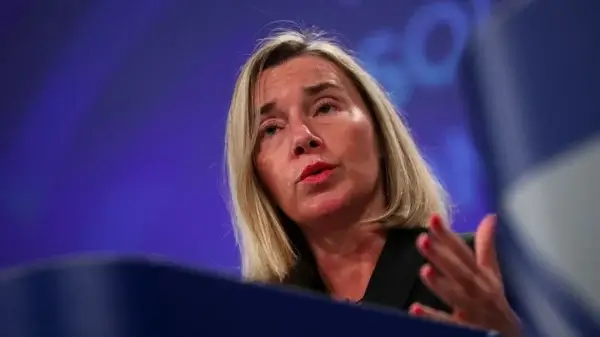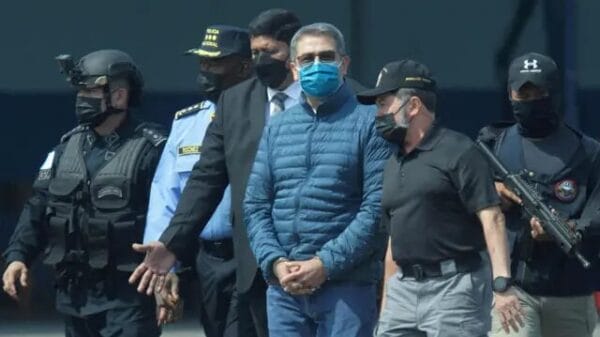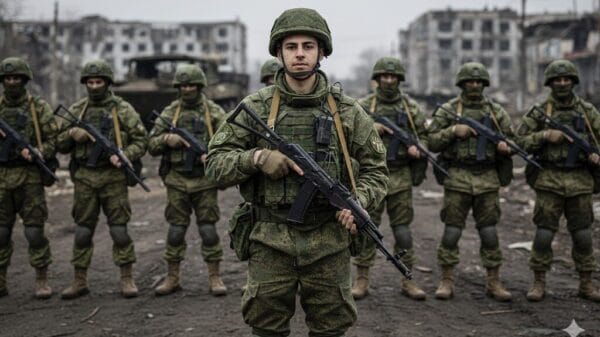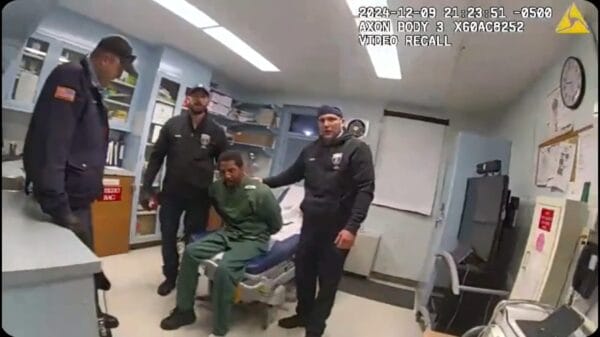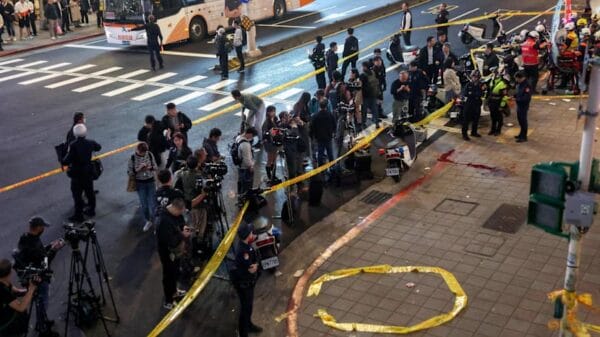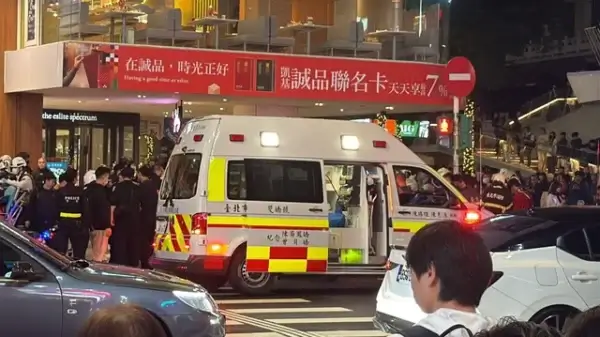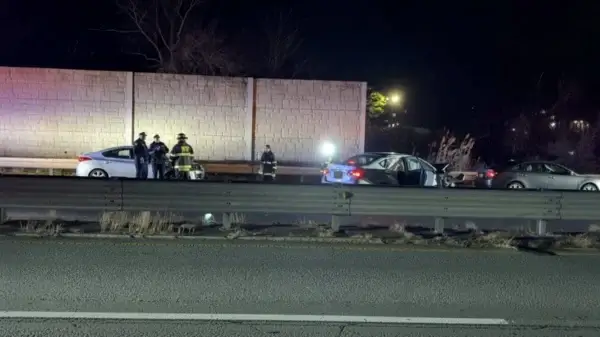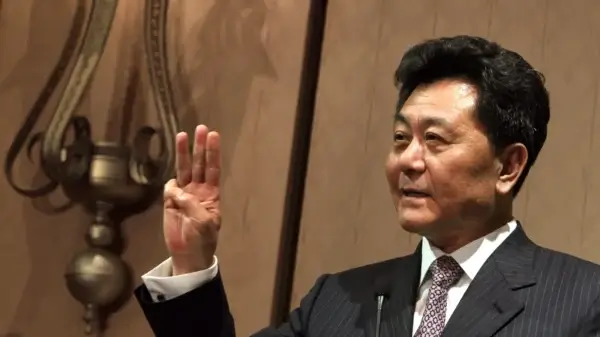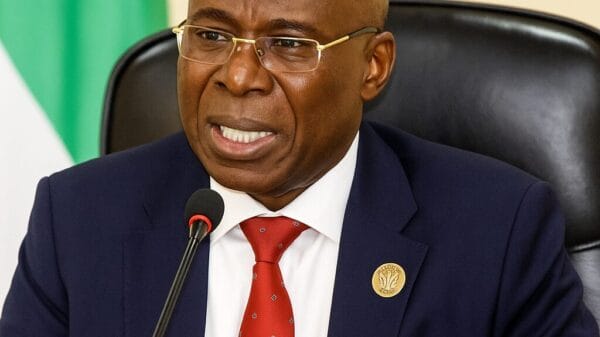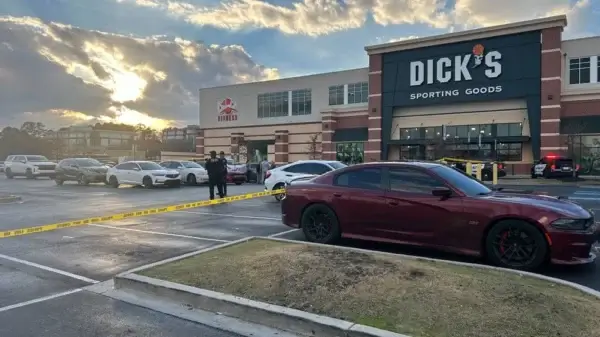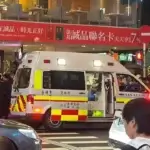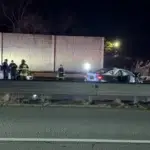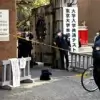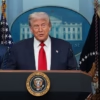While gangs and drug cartels remain the main perpetrators, rights groups say government forces have also committed abuses in their war on organized crime, leaving civilians caught in the middle. The violence has fueled migration toward the U.S. border while drugs smuggled north have driven America’s deadly overdose epidemic.
Roots of the Conflict
Mexico’s criminal groups consolidated power in the 1980s, carving out regional territories and establishing trafficking routes. As drug production and distribution expanded, rival groups clashed for control, sparking waves of violence.
In 2006, then-President Felipe Calderón declared a military-led war on cartels. His successor, Enrique Peña Nieto, later shifted focus to strengthening law enforcement. But cartel infighting intensified following the arrest and extradition of Sinaloa Cartel boss Joaquín “El Chapo” Guzmán, fueling a surge in homicides. By 2018, killings hit a peak of more than 33,000, while journalists and civilians were increasingly targeted.
AMLO’s “Hugs, Not Bullets” Policy
President Andrés Manuel López Obrador (AMLO), who took office in December 2018, campaigned on a promise to move away from militarized crackdowns. His “hugs, not bullets” approach emphasized poverty reduction, legalization of marijuana, and judicial reforms. He also launched the National Guard, a hybrid force meant to replace the army in policing.
But critics say AMLO fell short. Violence has remained stubbornly high, averaging over 30,000 killings each year. Attacks on journalists have reached record levels, and corruption persists. Despite pledges to curb militarization, AMLO expanded the army’s role: in 2022, Congress extended military policing powers until 2028, and in 2023, his government handed the armed forces control of airports, ports, and major infrastructure projects. Rights groups warn that military policing has fueled abuses including arbitrary detention and extrajudicial killings.
Rising Cartel Power and U.S. Concerns
Cartels have expanded their reach, using heavy weaponry and drones to battle rivals and state forces. By mid-2024, U.S. officials estimated cartels controlled about one-third of Mexican territory. The Sinaloa and Jalisco cartels dominate drug trafficking into the United States, including fentanyl smuggling — a key driver of America’s overdose crisis.
The cross-border fallout has reignited U.S. debate over intervention. After the kidnapping of four Americans in Mexico in March 2023, some Republican lawmakers floated deploying U.S. troops to target cartels, a proposal AMLO dismissed as “irresponsible.”
What’s Next
President-elect Claudia Sheinbaum, AMLO’s ally and chosen successor, has pledged to strengthen the National Guard, hire more investigators, and expand youth social programs. But critics argue her plans do not fundamentally break from AMLO’s militarized model, raising doubts about whether Mexico can curb violence, deliver justice, and restore trust in its institutions.


